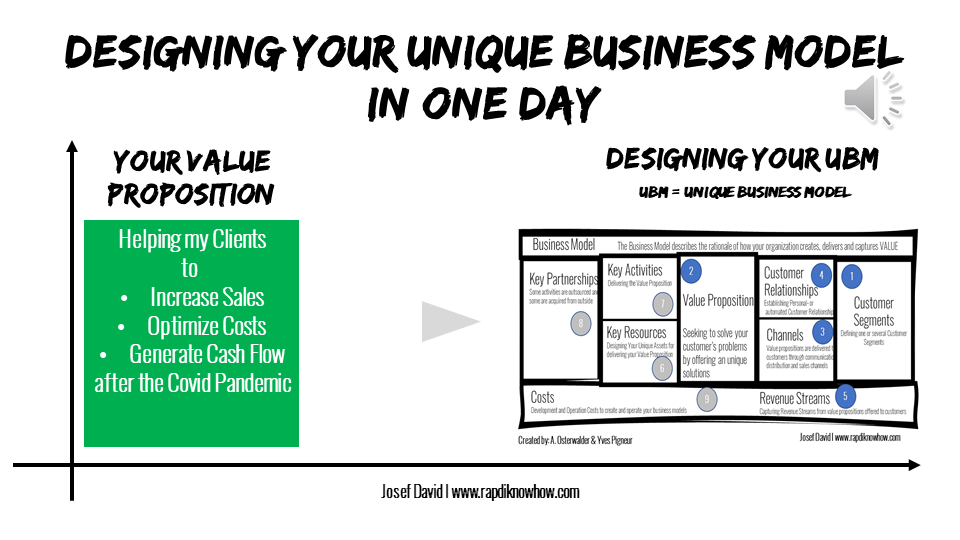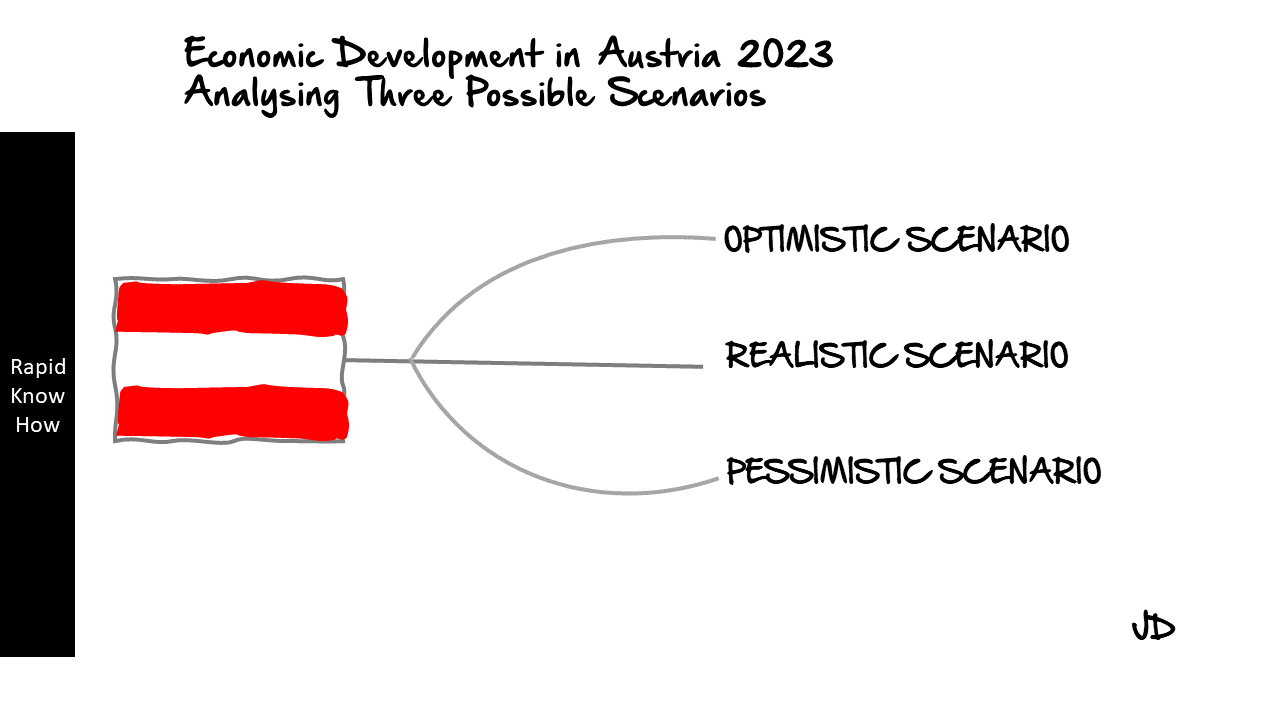An entrepreneurial approach where every action, investment, and partnership is designed, measured, and adjusted based on the tangible results it produces.
1. Executive Summary
Results-Based Entrepreneurship is a disciplined, outcome-driven approach to building and growing a business.
It replaces vague goals and activity-based metrics with a relentless focus on measurable, high-impact results.
Between 2025 and 2030, competitive pressures, technological disruption, and shifting market expectations will reward entrepreneurs who can prove value creation quickly, adjust strategies rapidly, and scale only what works.
This report provides the framework, principles, and actionable steps to implement Results-Based Entrepreneurship, using RapidKnowHow as a practical reference model.
2. The Core Idea
At its heart, Results-Based Entrepreneurship answers three questions before any action is taken:
- What specific outcome do we want to achieve?
- How will we measure it?
- What is the fastest, leanest way to test if it works?
If an initiative cannot pass this test, it is either redesigned for clarity or deprioritised.
3. Why This Model Outperforms Traditional Entrepreneurship
Traditional entrepreneurship often focuses on inputs (time, money, effort) or activities (meetings, campaigns, product launches) without directly linking them to outcomes.
Results-Based Entrepreneurship flips the model:
- Activity ≠ Progress – Only measurable progress counts.
- Speed to Evidence – Results must be demonstrable within a short time frame (ideally 90 days or less).
- Learning as Leverage – Failures are accepted as long as they yield data that informs the next iteration.
This approach builds investor trust, accelerates profitability, and reduces wasted resources.
4. The Five Pillars of Results-Based Entrepreneurship
- Clarity of Outcome – Define success before starting. Be specific: “Increase paid subscribers by 15% in 90 days” is measurable; “Grow the brand” is not.
- Rapid Prototyping – Launch small, controlled tests to validate ideas before large investments.
- Metrics that Matter – Select KPIs directly tied to revenue, profit, customer satisfaction, or operational efficiency.
- Relentless Feedback Loops – Review performance weekly or monthly, make real-time adjustments.
- Resource Precision – Deploy money, talent, and time only to initiatives with proven ROI potential.
5. The Results-Based Operating Cycle
This is an iterative loop designed to keep every initiative aligned with measurable value creation:
Define → Deploy → Measure → Adjust → Scale (then repeat)
- Define: Agree on the desired outcome and KPIs before starting.
- Deploy: Launch the smallest viable version of the initiative.
- Measure: Track actual performance against the defined KPIs.
- Adjust: Cut underperforming actions, double down on high-ROI activities.
- Scale: Once proven, expand the initiative and embed it into the business model.
6. Case Example – RapidKnowHow
Objective: Secure 10 new licensees in 90 days for an AI-powered strategy toolkit.
Actions Taken:
- Targeted outreach to high-value prospects.
- One live online demo per week.
- Two case studies published showing measurable ROI for existing clients.
Metrics Tracked:
- License contracts signed.
- Average onboarding completion time.
- First-month revenue per licensee.
Adjustments Made:
- Underperforming ad campaigns cut after two weeks.
- Resources shifted to direct LinkedIn outreach and partner referrals.
Results:
- 12 new licensees signed.
- Onboarding time reduced from 30 days to 14 days.
- ROI per licensee exceeded initial projections by 20%.
7. Implementing in 90 Days – Sprint Framework
Weeks 1–2: Preparation
- Define one core business goal for the sprint.
- Identify 2–3 key KPIs.
- Create a minimal action plan focused on achieving those KPIs.
Weeks 3–4: Launch
- Roll out the smallest version of your solution to your target market.
- Begin tracking performance data immediately.
Weeks 5–8: Review & Adjust
- Conduct weekly reviews to evaluate progress.
- Eliminate low-ROI activities.
- Increase resources for top-performing actions.
Weeks 9–12: Scale & Document
- Expand successful initiatives.
- Document the process to make it repeatable.
- Prepare the next 90-day sprint based on lessons learned.
8. Metrics That Matter – Examples by Business Type
- B2B SaaS: Monthly Recurring Revenue (MRR), Customer Acquisition Cost (CAC), Net Revenue Retention (NRR).
- Consulting: Billable Hours, Average Project Value, Repeat Client Ratio.
- E-commerce: Conversion Rate, Average Order Value, Customer Lifetime Value.
- Licensing: Number of Active Licensees, Renewal Rate, Average Revenue per Licensee.
9. Risk Management in Results-Based Entrepreneurship
Because this model emphasises rapid testing, risks are managed through containment and learning:
- Financial Risk: Limit investment in unproven initiatives to a fixed budget per test.
- Reputational Risk: Pilot with a small, trusted customer group before public rollout.
- Operational Risk: Assign clear ownership and accountability for each initiative.
10. Scaling from Results to Systems
Once an initiative delivers consistent results, the focus shifts to systematisation:
- Create standard operating procedures (SOPs).
- Automate data collection and reporting.
- Train team members to run the process without founder intervention.
- Integrate into core business processes so results are sustained over time.
11. Cultural Mindset for Results-Based Entrepreneurship
This model requires a cultural shift in how teams and founders think about progress:
- Evidence over Ego – Decisions are based on data, not personal preference.
- Iterative Thinking – Continuous small improvements replace “big bang” launches.
- Ownership of Outcomes – Each team member is responsible for delivering measurable results, not just performing tasks.
12. 2025–2030 Roadmap for a Results-Based Business
2025: Implement first 90-day cycles, establish baseline KPIs, achieve proof of concept.
2026: Optimise top-performing initiatives, automate reporting, begin scaling.
2027: Expand to new markets/products using proven processes.
2028: Integrate advanced AI for predictive analytics and real-time decision-making.
2029: Achieve market leadership in your niche, driven by proven ROI track record.
2030: Fully systematised, self-sustaining business model capable of scaling globally.
13. Call to Action
The difference between activity and results has never been more important. In an era where capital, attention, and trust are scarce, entrepreneurs who can prove value fast will own the future.
Start your first 90-day Results-Based Sprint today:
- Define your most important goal.
- Choose 2–3 KPIs that prove success.
- Launch the smallest viable version of your idea.
- Measure, adjust, and scale only what works.
1. KEY PILLARS
- Clarity of Outcome – Define success before you start.
- Rapid Prototyping – Test quickly, learn fast, reduce waste.
- Metrics that Matter – Focus on KPIs directly tied to growth, profit, and impact.
- Relentless Feedback Loops – Review progress regularly, adapt instantly.
- Resource Precision – Allocate time, talent, and money only where ROI is proven.
2. RESULTS-BASED OPERATING CYCLE
DEFINE → MEASURE → SCALE → ADJUST → DEPLOY (and repeat).
“If it doesn’t create measurable value for the business, the customer, or the ecosystem, it’s not a priority.”
3. EXAMPLE – RAPIDKNOWHOW MODEL
Objective: Gain 10 new licensees in 90 days.
Actions: Targeted outreach to high-value prospects; deliver one live online demo per week; publish two case studies showing measurable ROI.
Metrics: License contracts signed, onboarding completion time, first-month revenue.
Adjustment: Cut underperforming campaigns after 2 weeks, reallocate to direct LinkedIn outreach.
Result: 12 new licensees, onboarding time reduced from 30 to 14 days.
4. 90-DAY RESULTS SPRINT TEMPLATE
Weeks 1–2: Define goals, KPIs, and action plan.
Weeks 3–4: Launch initiatives, start measuring.
Weeks 5–8: Review data weekly, stop low-ROI activities.
Weeks 9–12: Scale proven actions, document processes, plan the next sprint.





